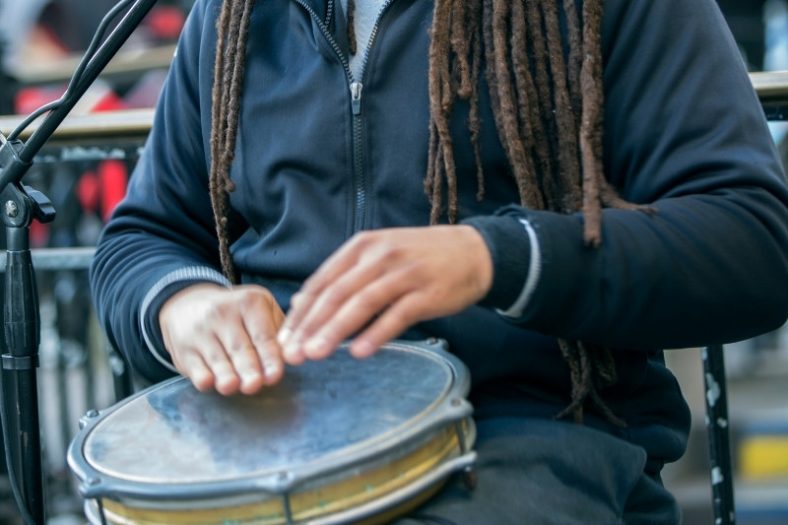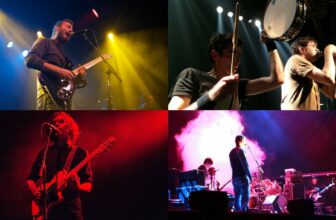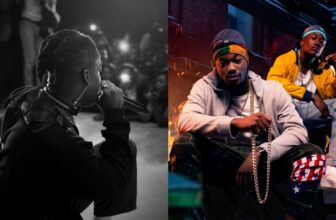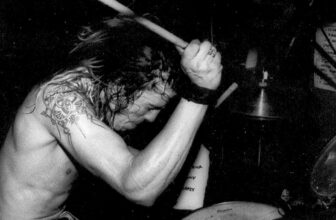10 Types Of Reggae Music

Reggae is a music genre popular for its 4/4 characteristic rhythm with amplified bass guitar riffs, and moderate tempo with an accent on the offbeat.
A lot of instruments are often used in reggae music with the most frequent ones being drums, electric guitars, and bass guitars. Although Reggae combines native Jamaican styles with elements of rock and soul music, through the ages the genre grew and spread out into a plethora of sub-genres.
Let’s get acquainted with some of them.
Contents
1. Dub Reggae
During the late ‘60s, the original reggae genre was reinvented by artists like Lee “Scratch” Perry, Osborne “King Tubby” Ruddock, and Errol Thompson. They used mixing boards and effects processors but chose to leave out the vocals. The central point of this subgenre of reggae is the rhythm combined with effects such as delay, echo, reverb, and phasing.
Oftentimes, dub reggae artists would even take samples of classic reggae songs with lyrics and they would layer them with so many effects as to render them virtually unrecognizable.
2. Dancehall
As the name itself suggests, dancehall is a music genre that is all about the moves, dancing, and moving your body. Its origins can be traced back to the 60s, to Jamaica’s traditional street dances.
One of the main characteristics of dancehall reggae is the fast rhythm unlike the original reggae as well as more incorporated Jamaican Patois instead of the standard English that is used in Jamaica.
3. Reggaeton
Reggaeton is a prominent subgenre of reggae that combines Jamaican dancehall and Trinidadian soca with Latin American salsa and bomba, as well as electronica. The first person to use the name was Michael Ellis in 1988.
The way that the lyrics are arranged in Reggaeton is very similar to hip-hop, using the traditional order of verse-chorus-bridge. Rapping frequently replaces the traditional singing seen in reggae.
4. Raggamuffin
Raggamuffin is another subgenre of reggae music, pulling its roots mainly from dancehall. The main difference is that it is more electronic sounds where sampling often serves a prominent role.
Ragga originated in Jamaica during the 80s, then moved over to Europe, North America, and Africa before reaching Japan, India, and the rest of the world.
As ragga grew in popularity, more dancehall performers began to adopt hip-hop stylistic elements. Ragga music impacted a growing number of hip-hop artists, including KRS-One, Poor Righteous Teachers, the Boot Camp Clik, Das EFX, and Busta Rhymes.
5. Reggae Fusion
Reggae fusion is a subgenre that draws influence from a lot of different genres such as dancehall or classical reggae. It incorporates elements of hip-hop, jazz, funk, pop, rock, and drum and bass.
Whilst artists such as Mad Cobra, Tony Rebel, Shabba Ranks, Super Cat, and Buju Banton are considered pioneers of reggae fusion, its origin can be traced back to the late 70s and the early 80s.
6. Lovers Rock
Lovers Rock is a reggae music genre known for its romantic sound and message. Love has always been one of the main themes in reggae songs. However, a greater appreciation for this kind of lyrics came in the mid-1970s in London where the sub-genre got its name. Lovers rock can be perceived as the antithesis of the Jamaican Rastafarian reggae.
Other types of music draw their roots from Lovers Rock, but mostly R&B, hip-hop, and pop music. Songs that incorporate elements of love and passion, politics, and reggae-inspired rhythms have grown popular.
Some of the most popular artists to have incorporated elements of Lovers Rock into their music are Rihanna, Drake, Lauryn Hill, and many others.
7. Reggae Rock
The fusion between reggae music with rock and ska, with elements of punk and hip-hop, is called Reggae Rock. The themes which are represented in the lyrics are love, life challenges, and personal awareness.
Some of the most prominent bands in this subgenre are Men at Work, Sublime, Pepper, Iration, and Rebelution, just to name a few. The first-ever California Roots Music & Arts Festival in 2010 has incorporated reggae-rock in its program as the sub-genre has grown in popularity.
8. African Reggae
Although reggae originated in Jamaica, it quickly became well-received throughout the whole world, especially in Africa. You could hear reggae everywhere, in cafés, in people’s homes, at dances, in taxis, and so on.
One of the most popular reggae artists, Alpha Blondie, emerged in the early 1980s from the Ivory Coast with the album “Jah Glory”. From this album, the song “Brigadier Sabari” became a top single.
9. Gospel Reggae
At the very beginning, reggae was strongly identified with the Rastafarian community in Jamaica, but as the years passed by and a lot of the people converted to Christianity, another subgenre emerged – gospel reggae. It’s well-known for combining reggae rhythms with Christian-themed lyrics.
10. Reggaestep
Another interesting subgenre is the reggaestep – a combination of reggae music with dubstep. Reggaestep is characterized by drum samples which are typical for reggae, but the rhythm in which they are played is the same as those of dubstep.
Harmonic accentuation of offbeats is another reggae influence, while off-beat rhythms can also be overlaid on top of more typical dubstep or ragga melodies.
The tempo is typically 140 BPM, as is typical of dubstep. Reggaestep’s “drops” are fairly similar to those of dubstep, however, they generally follow reggae’s melody patterns.
What are the most common instruments used in Reggae music?
Reggae music is a genre that incorporates a lot of different musical instruments: guitars and drums are the most common, but congas and keyboards are also used. Vocals are often present, but not necessarily, depending on the subgenre.
One of the characteristics of reggae is its symmetrical rhythmic pattern. This is the reason why reggae is played in 4/4 time, unlike 3/4 which is kind of asymmetrical.
Almost all reggae bands use standard drum kits as well as other percussion instruments. The bass guitar often plays the dominant role in reggae, while the off beat is played on the guitar.
What were the earliest forms of Reggae music?
Reggae originated from Jamaica, incorporating elements of mento (Jamaican folk music that has greatly influenced reggae), and ska mostly, as well as rock, soul, and rocksteady music.
Over the years, reggae has branched into a vast array of sub-genres, but the first ones to emerge were dancehall, reggaeton, dub reggae, and reggae fusion, combining elements from a lot of different musical genres.
Conclusion
Although rooted in Jamaica and being associated with the Rastafarian community at the beginning, reggae has spread throughout the whole world incorporating local instruments and often fusing with different genres. It has a very distinctive and easily recognizable sound with lyrical themes often incorporating a social and political commentary, religious themes, love, hopefulness, and faith.





